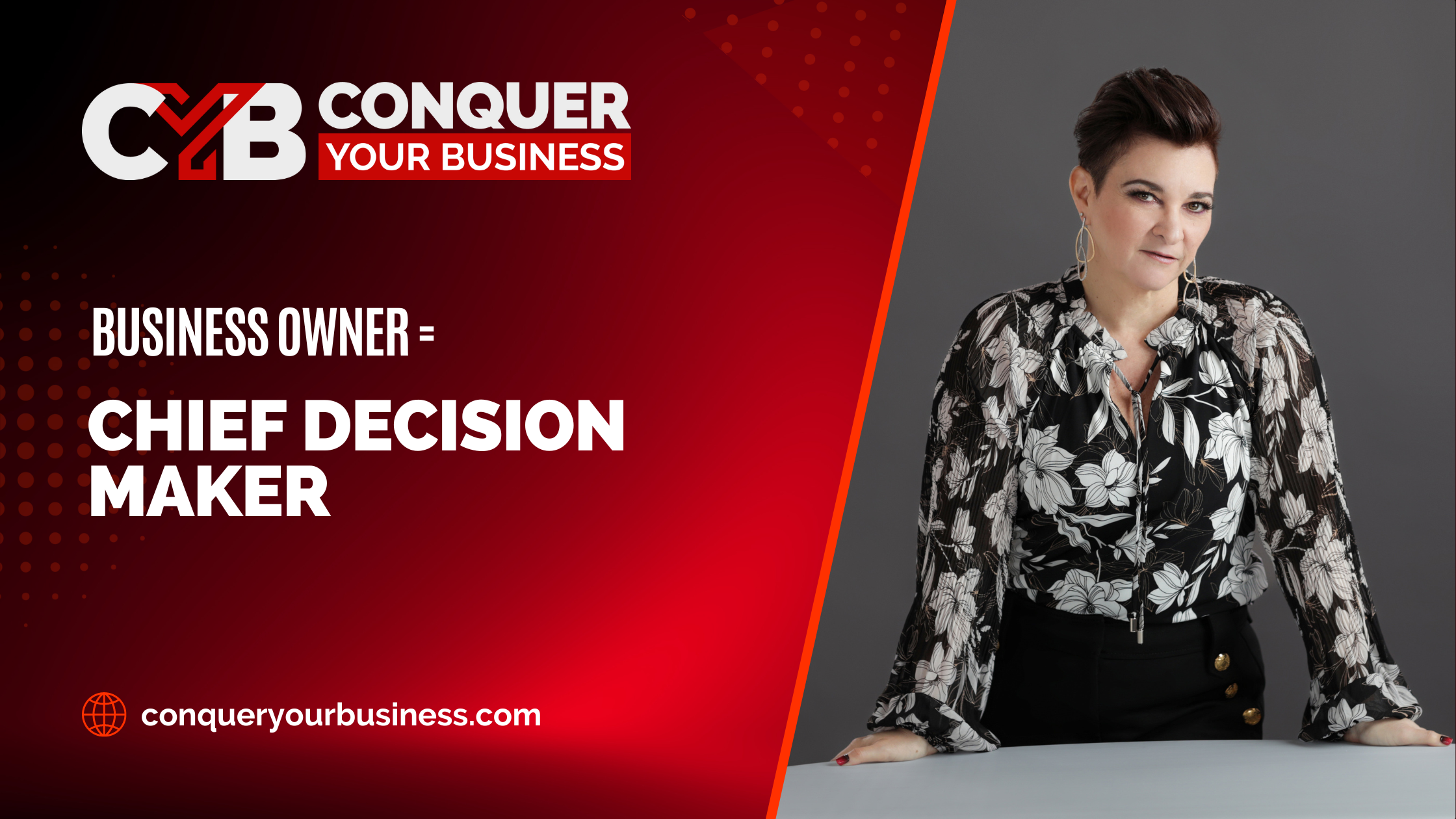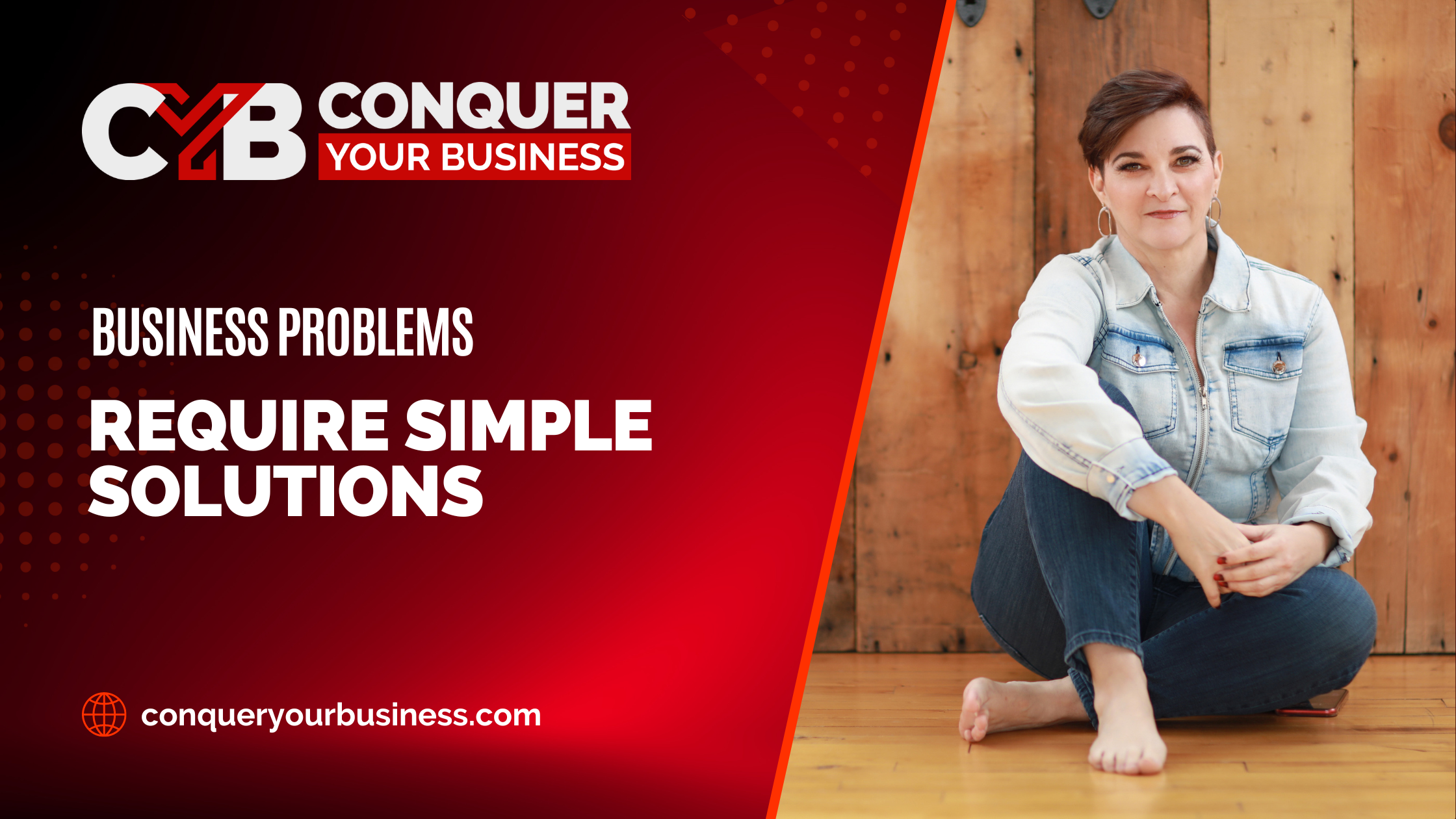We have been discussing creating a client acquisition system for the last few months.
A client acquisition system is a system that you put on the front end of your business to systematically, repeatedly, and predictably get new clients. This is all about removing the anxiety of scrambling for your next client in order to achieve consistent growth.
First, some definitions to help set our stage: marketing is anything that you do that creates awareness of your business and sales is the mutually agreed upon conversations you have about whether you will exchange money for services. When you look at the five steps of creating a client acquisition system, steps two and three are your marketing plan.
- Create your solid foundation
- Audience growth activities
- Audience nurturing activities
- High-integrity sales conversations
- A mechanism to measure and tweak
These are the areas in which we will focus our list of dos and don’ts.
Let me back-up a step first and look at two universal challenges in the marketing world.
Marketing Challenge: Nobody Cares Until They Need You
Nobody cares about your business until they have a problem that your business solves or want the product or service it provides. In many instances, the average person has no idea that some types of companies even exist.
My last business, working with families with aging parents, was a perfect example. There was a group of us in the senior services niche who would market together in our community to show everyone all the available resources we provided. I cannot tell you how many times I would be at an event, and someone would say to me, “Wow, I wish I had known about this a month ago,” even though it seemed to us that we were screaming our message from the rooftops. They didn’t need us before so they never paid attention to the fact that we even existed.
The second part of this challenge is that people typically say yes to the person who happens to be in front of them when the problem becomes painful enough that they want to solve it. This behavior is why it is so important to have a marketing plan that keeps you out in front of people.
Realtors and financial planners in particular face this situation all the time. They can spend years building relationships with someone they think of as an “inevitable client” and then when it’s time to sell the house or invest some money, that “inevitable client” goes with the person who just happens to be in front of them at the time, whose advertisement they saw or whose email came through their inbox. Bruisingly frustrating!
Marketing Challenge: Knowing How Much of “You” to Include in Your Marketing
Also challenging is the idea that while your marketing has to use you, it can’t be about you. People buy from people they know, like, and trust and it has become increasingly important to many customers that they are able to identify with the person who is the face of the brand. Even with big brands like Amazon, Facebook, and Apple, we know the person in front of the brand. But these big-brand spokespeople are not running around talking about themselves. They may share their stories, but their focus is all on the business they’re representing.
Marketing Don’ts
Now that you have a better understanding of what a client acquisition system is and two universal challenges to keep in mind, let’s dive into some marketing don’ts.
DON’T Be a Vendor Instead of a Thought Leader
A vendor sits back and says, “I’m here to help if you’re ready,” and prices their products and services based on what they think people are willing to pay and stays stuck in reaction mode. Conversely, a thought leader influences a situation by demonstrating that they have a different and thorough understanding of the problem and can show their clients a desired outcome not just a “check the box” service.
Henry Ford is one of my favorite examples of this. Ford is famous for saying, “If I had asked people what they wanted, they would have said faster horses.” If all you are doing is reacting to customers, you are a vendor, giving them what they want. A thought leader understands that there is a better solution to their customer’s problem.
DON’T Avoid Talking to People
It is virtually impossible to sell a high-ticket or high-touch service without a sales conversation. The marketers who promote “one funnel away” would love for you to believe that someone will purchase high-ticket services via the click of a button if you make just the right funnel. But the truth is that if you are selling a high-ticket or high-service product, you will have to have a sales conversation with an actual human being.
Not only is it virtually impossible to sell anything high-ticket without a sales conversation, but your best marketing insights come from talking to people. When you speak with potential clients, you hear how they describe their pain and their problems, and you leave with a better understanding of how to communicate with them in their words, leading you to doing an increasingly better job at marketing your business and providing solutions that people want.
DON’T Skip Working on Mindset Issues
Working on your mindset is essential to overcoming money issues, imposter syndrome, anxiety surrounding sales conversations, and a fear of being visible in your marketing. But most people need to realize that having a mentality of being constantly busy and maxed out on time will also mess up your efforts.
My own example of this goes back to my previous business with families with aging parents. That business offered four different services, and we were extremely successful with three of them. I badly wanted to add that fourth service line to my business but was already exhausted. Subconsciously, my brain knew that if I had to worry about one more thing, I would totally burn out. And since my brain’s job is to keep me alive, it made sure I couldn’t get that fourth line of services off the ground. It wasn’t until I retrained my way of thinking about how busy I really was versus what I was telling myself – and hiring a specialist to focus on that line of business and reinforce my new approach – that I was able to make it all work.
When you are routinely telling yourself that you are sooooooo busy in your current environment your marketing will not work. Your brain will make sure of it. Marketing is all about growth and getting more clients. But when you feel desperate, working on zero sleep and 16-18 hour workdays, your subconscious thinks you cannot handle more work and will not let you get additional clients.
DON’T Just “Try This Thing and See What Happens”
You have to commit to a length of time for something to work. You also have to measure the results of your marketing efforts. Even with good gut instincts, your feelings will lie to you. You must go into your marketing efforts with an actual plan, not just “Hey, let me try this thing and see what happens.” Your marketing plan should include what it will be, what it will look like, and what you are trying to get out of it. When you have a plan, you can determine if the plan is working.
DON’T Look for an Easy Button
Staples may have created an entire marketing plan around “That was easy,” but I can guarantee there was nothing easy about their plan. Looking for an easy button is a significant marketing pitfall. Unfortunately, the society in which we live has us feeling like everything should happen instantaneously. Our subconscious believes that that is how things work, so if we are not getting results quickly and easily, we think our marketing plan is not working.
DON’T Get Stuck Thinking It’s Always Exciting
Thinking that your marketing and business must always be exciting is an interesting pitfall. It is interesting because I’m honestly not sure where this comes from, but I see it repeatedly. Business owners think that if their marketing tactics are not exciting and new and shiny, they don’t work. There is the exciting turmoil at the beginning when it feels like so much is going on, but that is not where you get your ROI because you have yet to figure your business out. Your business is a marathon, not a sprint. Falling in love with the process will help you reach your goals.
DON’T Put On Your Marketing Hat
Yes, you read that right. Don’t put on your marketing hat. One of the best pieces of advice that I ever received was: “connect as a human first.” People want your authentic self, not a version of you wearing a marketing hat and talking in ways that you think will get someone to buy something from you. This advice will save you time, money, and energy. If you show up connecting as a human first, in your authentic self, so that your people know that they are your people, the whole thing will be much easier, fun, and effective.
Marketing DOs
While that list of pitfalls and marketing don’ts may seem very long, the great news is you can embrace just a few DOs and have a big impact pretty quickly. The important thing is that you don’t try to change everything at once. The goal is to make changes, get good at them, and then build from there.
If you go through all of the pitfalls – or marketing don’ts – that I shared, and then do the opposite of each of those things, you will have a list of marketing dos! However, these are the three that you can focus on right away.
DO the Mindset Work on Who You Need to Become
I’ll be real transparent with you on this one. It took me a hot minute to figure this out and really embody it. Summarily its this: you don’t get the thing to become the person who has the thing. You become the person and THEN you get the thing.
Many business owners believe that once they have more money, they will become the person they need to be to handle a larger business and more money and more clients. Truthfully it’s the other way around. First you have to be the person who would earn more money, and then the money comes to you. You have to set the foundation of a business that can handle more clients and help more people and then the clients come to you. You have to be the person out there making yourself more visible when it’s horribly uncomfortable and then you become the person who gains the visibility.
There is no way around this and the mindset work is the absolute foundation for it. One of the best ways to become who it is you need to be is to immerse yourself with people who are already the person you want to become. I cannot emphasize this enough. If you surround yourself with people who do not understand this side of business, it will be virtually impossible to do the mindset work.
DO the Work and Don’t Give Up
I recently came across a quote from sprinter Usain Bolt, “I worked four years to run nine seconds. And people give up after not seeing results in two months.” That quote hit home for me. The second item on “DO” list is to do the work, grow your skills, and put in the time, money, energy, and effort to learn how to be good at marketing.
You get good at anything by doing it, learning more about it, and not giving up. If you went into business to be a photographer, it is easy to put in the time, money and effort to become excellent at it because you love doing it. As a business owner though, you have added a layer of things you need to become excellent at doing: business and all that entails. What if you could put as much time, money, energy, and effort into learning to be great at your marketing strategy and running your business as you did to become great at what the business does.
The second part of this quote is that things take time. Marketing is cumulative, and it takes time. When you commit to the work you need to do and make a commitment to getting better at it, you also need to commit to the length of time that you will work on it. Working consistently over time is the difference in achieving results from your marketing efforts.
DO Make Better Decisions
Connect the dots is a game where you draw lines between numbered points to reveal a picture. My method of making better decisions is similar to this. If you think of each step in a process as a dot, how many dots (or steps) do you have to connect to go from a specific marketing tactic to someone becoming your client?
For example, if you are networking, there are very few dots. You go to the networking event, and there is a chance you will meet someone there who is your prospect or can give you referrals. There are only a few steps in that process. If you compare that to an online funnel, there are many more dots. There are many more dots if your marketing tactic is to gather emails in exchange for a lead magnet. You have to write the content, create the landing page, do all the tech work behind the scenes to make the email sequence, get the word out that the lead magnet is available, and do many more steps.
The key to making better marketing decisions is to consider how many dots are between your activity and onboarding a new client and choose the shortest, fastest, and most profitable options. Make sure you have several small dot activities before you add in a large dot activity so that you have several ways for people to quickly become your client before you add in a tactic that takes longer to implement.
Learn How You Can Work with Us: Get in Touch




